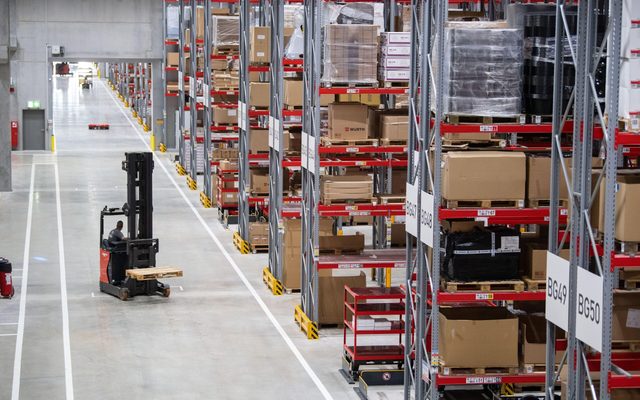- What LondonMetric has upped the urban logistics weighting of its portfolio to 35%
- Why It is an “Amazon race” to take advantage of rising rents in the sector
- What next It will look to continue to buy in the sector, and long-income assets
LondonMetric has increased its exposure to the urban logistics sector to 35% as it looks to take advantage of the growing demand for space from e-taliers for last mile delivery.
Its chief executive Andrew Jones said that it had entered an “Amazon race” to take advantage of rising rents and “growing consumer demand for quicker and more efficient deliveries”.
The company has been able to up its weighting from 27% over the six months to 30 September, in large part due to its acquisition of AJ & Mucklow Group, which added £454.7m of assets, 83% of which were logistics or long-income. It now owns £826m of assets in the sector.
LondonMetric’s weighting towards “mega” big box warehouses fell from 23% to 18% and it has also been cutting its retail exposure, with parks dropping from 5% to 4%.
The company has thus far sold one office from the Mucklow acquisition.
During the period LononMetric saw like-for-like income growth of 3%, whilst its EPRA NAV per share remained stable. Its portfolio is valued at £2.4bn.
“Perfect scenario” for urban logistics
Jones said: “The acquisition of A&J Mucklow was a significant milestone and accelerated our conviction call to increase our weighting to the urban logistics sector where rents are rising to reflect growing consumer demand for quicker and more efficient deliveries. We call it the Amazon race. This transaction, together with our other long income acquisitions, reflect the ongoing focus on improving our portfolio to benefit from the evolving consumer revolution and a global search for yield…
“It is only possible to compete and service customer demands by having a market leading portfolio of warehouses located adjacent to major urban populations. In the right locations, urban logistics is increasingly benefiting from a perfect scenario of strongly rising demand and falling supply. Logistics is also seeing the secondary tailwind from shoppers returning online orders in the form of reverse logistics, where supply chains have to evolve to accommodate an estimated 35% of online orders returned.”




